From COVID-19 to the Next Global Pandemic: What Can We Do to Be Better Prepared?

Don’t let your guard down yet – the danger of COVID-19 is still present.
With about 60,000 average daily cases in the US, it is crucial to continue taking precautions to protect ourselves and those around us.1 New variants of the virus are emerging, and some may be more dangerous than before.
We now have a wealth of medical knowledge and resources at our fingertips to reduce the infection risk. By taking advantage of this knowledge, we can prevent a resurgence of COVID-19.
In this article, Health Reporter addresses the most pressing questions and provides medically trusted methods to help you stay covid-free.
Current Covid Situation
Despite official reports of 5,000 daily cases, analysts estimate that the true number of daily COVID-19 cases in China may be closer to one million.2
To prevent the next pandemic, several countries have implemented mandatory tests for travelers from China. These countries include the US, Spain, France, South Korea, Italy, and Japan.3
In the US, the number of new COVID-19 cases has skyrocketed from 2,000 to over 67,000 in the past 90 days.4 Test positivity rates are also rising, indicating that many infections stay unreported.
Two subvariants of the coronavirus (BQ.1 and BQ.1.1) currently account for 44% of new COVID-19 cases.5 They are particularly good at evading the immune system.
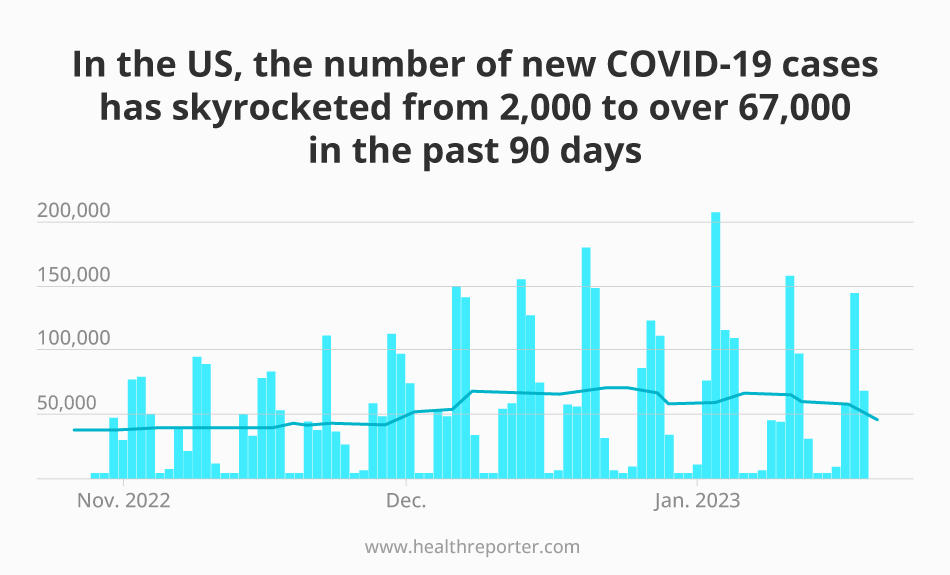
The Scandal Surrounding Blood Clots and the Pfizer COVID-19 Vaccine
Recently, some social media users have claimed that the Pfizer COVID-19 vaccine causes blood clots.6 They cited a study conducted by the U.S. Food and Drug Administration (FDA) on vaccine safety in older Americans.7
The researchers compared the rate of safety outcomes after vaccination to the expected rate. They found a slightly higher rate of some safety outcomes, including blood clots, in the vaccinated group.
The truth is, the study did not establish a causal relationship between the Pfizer vaccine and these outcomes.8 The study’s findings do not indicate that the vaccine causes blood clots or other adverse effects.
Other factors may have affected the slightly higher rate of specific safety outcomes. For example, pre-existing conditions or lifestyle habits like smoking.
Explaining the Role of Booster Vaccines and When You May Need One
When it comes to COVID-19, booster shots help fully protect yourself.9 They refresh the immune system’s memory of the virus, allowing it to defend itself better.
A booster shot is an extra dose of a vaccine given to reinforce the body’s response.10 It reduces COVID-19 infection rates by 43% in adults aged 18–49, 28% in adults aged 50–64, and 22% in adults 65 and older, compared to those who were unvaccinated.
The three available COVID-19 vaccines – Moderna, Pfizer, and Johnson & Johnson – have all been approved for boosters in people over 18. Pfizer is also approved for children over the age of 5.11
The recommended timeline for booster shots varies depending on the vaccine:
- Moderna and Pfizer booster shots are recommended five months after the initial two-dose series. Those 50 and older may receive a second booster at least four months after their first.
- For Johnson & Johnson recipients, a booster shot is recommended two months after the initial dose. Then, it should be followed with a second booster of Moderna or Pfizer four months later.
However, some experts claim that although a booster can provide protection against infection, the effect might not be long-lasting.12
Mixing COVID-19 Vaccines: Is It Safe and Effective?
Mixing vaccines helps the immune system recognize a pathogen by providing multiple ways to do so.13
In spring 2021, millions of people in Europe and Canada received their first dose of the AstraZeneca vaccine.
Later, the government recommended avoiding it for younger age groups due to the risk of rare clotting disorders.14 So, should they receive a second dose of the AstraZeneca vaccine or choose a different option?
In a few months, the answer was found. A study involving 448 people who received the Pfizer vaccine after the AstraZeneca vaccine showed a strong antibody response.15
It was also found that the mixed vaccine approach offers protection similar to 2 doses of the highly effective Pfizer vaccine.16
In short, mixing vaccines speeds up global vaccination and helps both patients and governments. It enhances the immune system and allows for more flexibility. Governments can quickly distribute new doses without the need to reserve specific vaccines.
Be sure to consult with your physician before receiving a booster vaccine.
Possible Side Effects of Vaccines
COVID-19 vaccines can sometimes cause mild side effects. According to the FDA, these side effects can include:
- Local reactions at the injection site, such as pain, redness, or swelling
- Systemic reactions, such as muscle pain, chills, fever, fatigue, headache, joint pain, or feeling unwell
- Digestive symptoms, such as nausea and vomiting
- Swollen lymph nodes
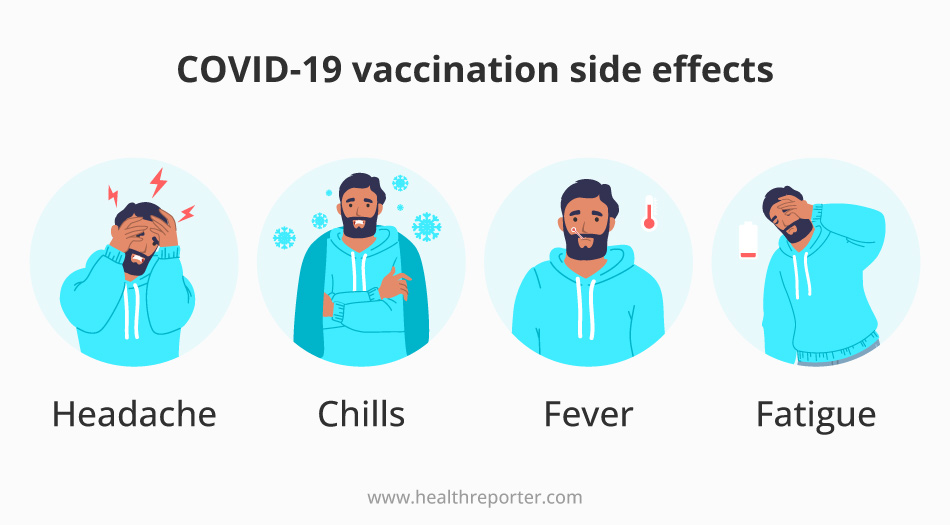
Most of these side effects will resolve within a few days.17
These side effects are normal and generally a sign that the body is building immunity to the virus. Even common over-the-counter drugs like paracetamol can have side effects. If you experience severe or persistent side effects, seek medical attention.
Vaccines are designed to protect against illness and are highly effective in reducing the risk of infection. For fully vaccinated people, they reduce it by 91%.18
The safety of all COVID-19 vaccines is continuously monitored.19 While it is important to be aware of potential side effects, the benefits of vaccination far outweigh the risks for most people.
Antibody Testing: A Key Tool in the Fight Against COVID-19
Have you ever had a case of COVID-19 that was so mild you thought it was just a cold? Or, have you ever tested negative for the virus despite experiencing symptoms?
If so, you may have had an undiagnosed case of the disease. But how can we determine the exact number of such people and whether they have developed immunity to future infections?
Those questions are crucial in managing the pandemic and predicting its course. And antibody testing may hold the key to unlocking these answers.
Currently, RNA-based tests (like a nose or throat swab) are commonly used to detect active infections.20 These tests cannot provide information about past COVID-19 infections.
However, antibody tests can, as they detect the presence of antibodies in the blood. Antibodies are produced by the body in response to the virus and provide immunity to future infections.21
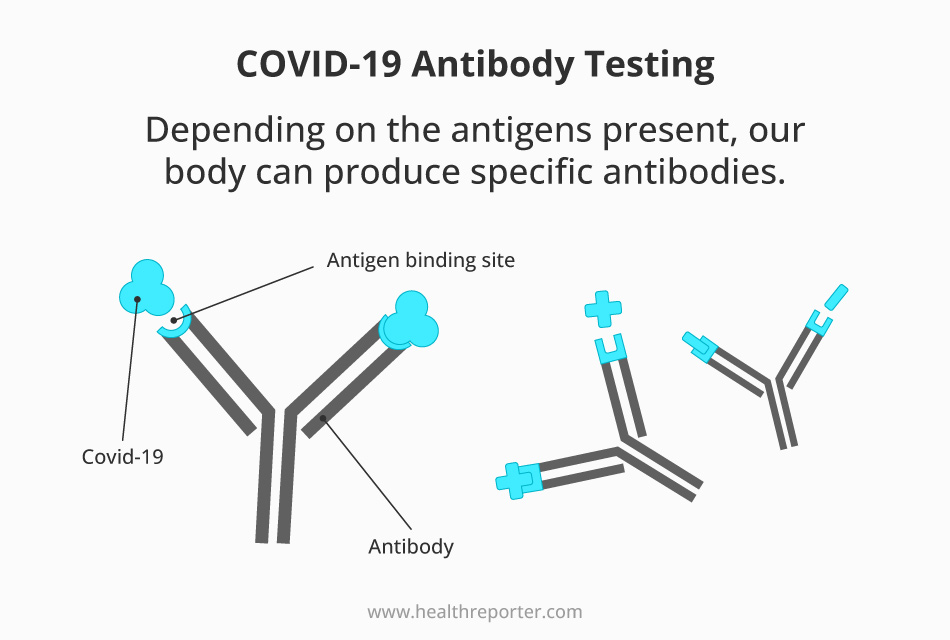
The COVID-19 antibodies that remain in the body can vary. Some people have them for a few months, while others may have antibodies for over a year.
Several commercial tests have already been approved and used in small studies. For example, a virologist at the Icahn School of Medicine has developed a simple antibody test that can be easily replicated by other labs.22
By testing for the antibodies, we better understand the extent of past infections and the potential for immunity to the virus.
Fresh Air, Fewer Infections: Simple Strategies for Ventilation
Ventilation is important in preventing the spread of COVID-19 because it helps to decrease the concentration of respiratory droplets in the air, which can carry the virus.
Research proves that increasing ventilation rates can significantly reduce the risk of COVID-19 infection, even without filtration.23
Another study found that rising ventilation rates decrease the risk of COVID-19 transmission by reducing the concentration of respiratory droplets in the air. A ventilation rate of at least 6–8 times per hour helps to reduce the spread of the virus.24
In a school biology course, we learned that the body is saturated with oxygen when we inhale. When we exhale, we get rid of carbon dioxide. In a room with stale air, the balance of gasses is disrupted. Besides the risk of COVID-19 infection, it negatively impacts the brain, heart, and blood vessels.25
Effects of oxygen deficiency include:
- Disturbed cerebral circulation
- Impaired cognitive functions
- Headaches
- High blood pressure
- Decreased muscle tone
- Drowsiness
- Discontent
- Irritability
Low levels of oxygen in a room can also worsen the COVID-19 symptoms and prolong recovery times.
There are several ways to improve indoor ventilation:26
#1 Natural ventilation
Open windows and doors regularly to improve airflow.
#2 Mechanical ventilation
Use an HVAC system; ensure it is appropriate and consider improvements. Keep vents and fans clear and change filters as recommended. If possible, run the HVAC system fan continuously.
#3 Portable air purifiers
Portable air purifiers reduce the number of viruses in the air. They should be equipped with a high-efficiency particulate air (HEPA) filter and used in an appropriate size room. Choose a unit certified by the Association of Home Appliance Manufacturers (AHAM).
#4 Fans and single-unit air conditioners
Remember: they do not provide ventilation. Fans and single-unit air conditioners only circulate air within a room and do not exchange it with fresh outdoor air. If using these units, ensure the air stream doesn’t blow directly at or between people.
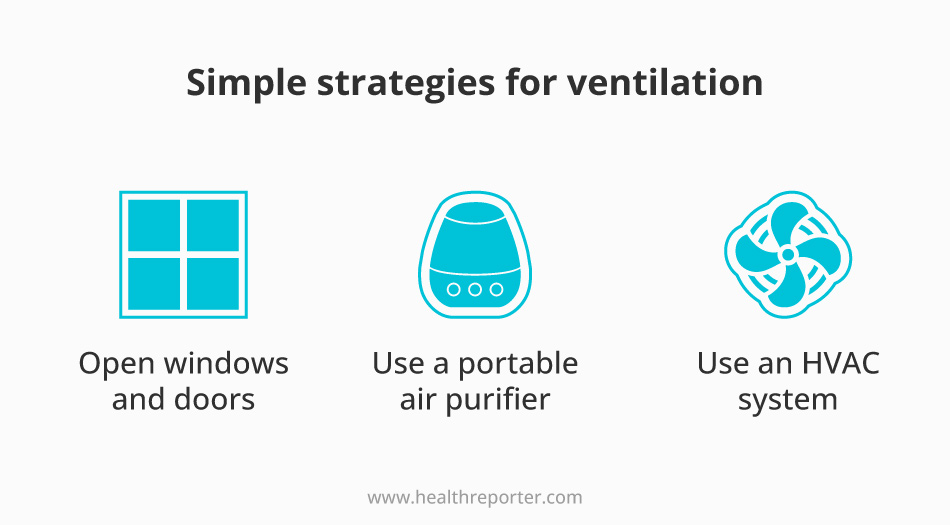
Oxygen Therapy: A Life-Saving Intervention for COVID-19 Patients
Breathing problems can be a scary experience, especially when it feels like your body is not getting the oxygen it needs.
Oxygen deficiency can become a severe concern if you suffer from COVID-19 or have impaired respiratory function.
We all rely on oxygen to survive – the fuel that keeps our bodies and organs functioning properly. But what happens if you have COVID-19 and your body isn’t getting enough oxygen? It can lead to low blood oxygen levels – hypoxemia.
This causes organ damage and even organ failure if left untreated.27 But there is hope – oxygen therapy provides the extra boost of oxygen that your body needs to function properly.28

Recent studies on the use of oxygen therapy for COVID-19 patients have found it to be effective in improving oxygen levels and reducing the need for hospitalization.29
The WHO also recommends providing oxygen therapy to patients with COVID-19.30 In situations with limited medical resources, oxygen therapy is especially important.
However, it requires a prescription and should only be used as a medical treatment. Overuse of oxygen can slow breathing and heart rate to dangerous levels, leading to oxygen poisoning.31
-
Relief of breathlessness during activities
-
Increased energy and physical activity
-
Improved sleep
-
Headaches, particularly in the morning
-
Fatigue
-
Nosebleeds (epistaxis)
Oxygen therapy cannot cure respiratory problems, but it helps to support the health of organs by providing the body with the oxygen it needs to function properly.32
Small Steps Count: Coronavirus Prevention Tips
- Wash your hands frequently.
- Avoid crowded spaces and close contact with others.
- Stay at least 6 feet away from others in public.
- Avoid touching your face.
- Cover your mouth and nose when sneezing or coughing with a tissue or your elbow.
- Wear a mask in crowded places.
- Stay home if you are sick.
- Clean and disinfect shared surfaces regularly.
- Discard used tissues immediately.
- Work from home if possible.
- Avoid unnecessary travel.
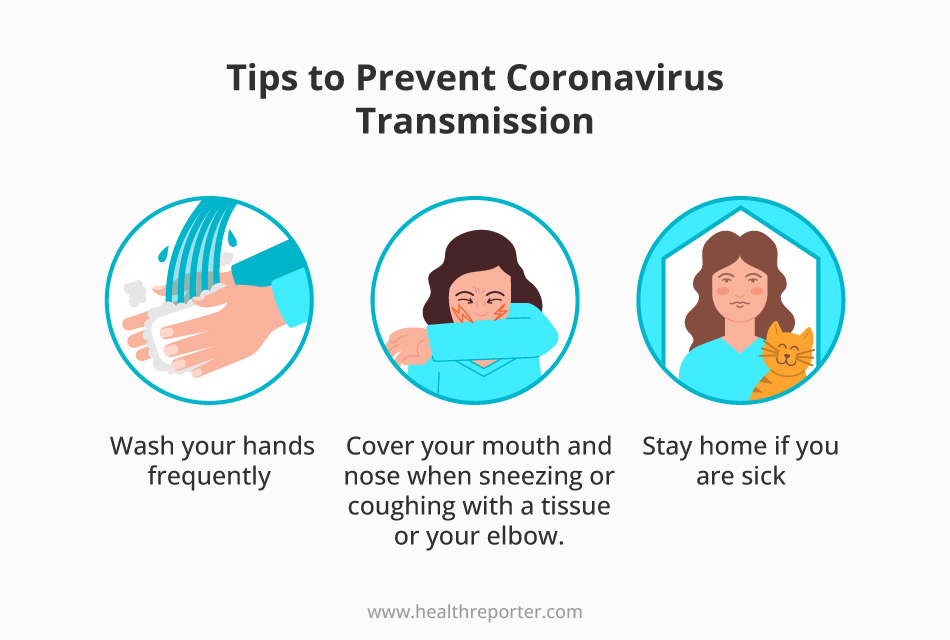
Conclusion
The COVID-19 pandemic has disrupted our daily lives and caused economic turmoil. Another lockdown could have even more devastating effects – let’s work together to prevent that from happening.
By taking simple measures, we can ensure the health and safety of ourselves and those around us.
Sources
- Coronavirus in the U.S.: Latest Map and Case Count:
https://www.nytimes.com/interactive/2021/us/covid-cases.html - Covid in China: US imposes Covid testing for visitors from China:
https://www.bbc.com/news/world-asia-china-64111492 - Covid in China: US imposes Covid testing for visitors from China:
https://www.bbc.com/news/world-asia-china-64111492 - Coronavirus in the U.S.: Latest Map and Case Count:
https://www.nytimes.com/interactive/2021/us/covid-cases.html - BA.5 is no longer dominant in the U.S. for the first time since July, as two new subvariants take over:
https://www.nbcnews.com/health/health-news/new-coronavirus-subvariants-surpass-ba5-dominance-rcna57294 - No, the FDA didn’t say the Pfizer COVID-19 vaccine causes blood clots:
https://eu.statesman.com/story/news/politics/politifact/2022/12/22/politifact-fda-pfizer-covid-vaccine-does-not-cause-blood-clots/69746205007/ - Surveillance of COVID-19 vaccine safety among elderly persons aged 65 years and older:
https://www.sciencedirect.com/science/article/pii/S0264410X22014931 - Initial Results of Near Real-Time Safety Monitoring COVID-19 Vaccines:
https://www.fda.gov/vaccines-blood-biologics/safety-availability-biologics/initial-results-near-real-time-safety-monitoring-covid-19-vaccines-persons-aged-65-years-and-older - Effectiveness of mRNA COVID-19 Vaccine Boosters Against Infection, Hospitalization, and Death:
https://pubmed.ncbi.nlm.nih.gov/36215715/ - What is a booster shot and why do I need it?: OSF HealthCare:
https://www.osfhealthcare.org/blog/covid-19-booster-shots/ - Stay Up to Date with COVID-19 Vaccines Including Boosters:
https://www.cdc.gov/coronavirus/2019-ncov/vaccines/stay-up-to-date.html - New boosters add limited protection against Covid-19 illness, first real-world study shows:
https://edition.cnn.com/2022/11/22/health/vaccine-effectiveness-bivalent-boosters-cdc/index.html - COVID-19 vaccines mix-and-match: The concept, the efficacy and the doubts:
https://pubmed.ncbi.nlm.nih.gov/34796525/ - Have European countries made a mistake in halting AstraZeneca shots? Here’s what health experts say:
https://edition.cnn.com/2021/03/16/health/astrazeneca-blood-clots-europe-explainer-intl/index.html - Spanish study finds AstraZeneca vaccine followed by Pfizer dose is safe and effective:
https://www.reuters.com/business/healthcare-pharmaceuticals/spanish-study-finds-astrazeneca-vaccine-followed-by-pfizer-dose-is-safe-2021-05-18/ - Mixing COVID-19 vaccines appears to boost immune responses:
https://www.science.org/content/article/mixing-covid-19-vaccines-appears-boost-immune-responses?cookieSet=1 - Risk of venous thromboembolism after COVID-19 vaccination:
https://pubmed.ncbi.nlm.nih.gov/35398975/ - CDC COVID-19 Study Shows mRNA Vaccines Reduce Risk of Infection by 91 Percent for Fully Vaccinated People:
https://www.cdc.gov/media/releases/2021/p0607-mrna-reduce-risks.html - Vaccine Information and Safety Studies:
https://www.cdc.gov/vaccinesafety/ - COVID-19 Test Basics:
https://www.fda.gov/consumers/consumer-updates/covid-19-test-basics - New blood tests for antibodies could show true scale of coronavirus pandemic:
https://www.science.org/content/article/new-blood-tests-antibodies-could-show-true-scale-coronavirus-pandemic - A serological assay to detect SARS-CoV-2 seroconversion in humans:
https://www.medrxiv.org/content/10.1101/2020.03.17.20037713v1 - Assessment of Risks of SARS-CoV-2 Transmission During Air Travel and Non-Pharmaceutical Interventions to Reduce Risk:
https://cdn1.sph.harvard.edu/wp-content/uploads/sites/2443/2020/10/HSPH-APHI-Phase-One-Report.pdf - Efficacy of Ventilation, HEPA Air Cleaners, Universal Masking, and Physical Distancing for Reducing Exposure to Simulated Exhaled Aerosols in a Meeting Room:
https://www.ncbi.nlm.nih.gov/pmc/articles/PMC8707272/ - Indoor Air Quality and Health:
https://www.ncbi.nlm.nih.gov/pmc/articles/PMC5707925/ - COVID-19: Improving indoor ventilation:
https://www.canada.ca/en/public-health/services/diseases/2019-novel-coronavirus-infection/prevention-risks/covid-19-improving-indoor-ventilation.html - Organ failure due to hypoxemia, and effects of oxygen therapy — effects of hypoxemia on pulmonary hemodynamics, and improvement with oxygenation:
https://pubmed.ncbi.nlm.nih.gov/7602821/ - Effect of early oxygen therapy and antiviral treatment on disease progression in patients with COVID-19: A retrospective study of medical charts in China:
https://journals.plos.org/plosntds/article?id=10.1371/journal.pntd.0009051 - Role and limitations of high-flow nasal oxygen therapy in COVID-19 patients: An observational study:
https://pubmed.ncbi.nlm.nih.gov/35859470/ - Clinical management of COVID-19:
https://www.who.int/teams/health-care-readiness/covid-19 - Supplemental Oxygen Therapy: Types, Benefits & Complications:
https://my.clevelandclinic.org/health/treatments/23194-oxygen-therapy - Effect of early oxygen therapy and antiviral treatment on disease progression in patients with COVID-19: A retrospective study of medical charts in China:
https://journals.plos.org/plosntds/article?id=10.1371/journal.pntd.0009051

















































 Select your language:
Select your language: 








